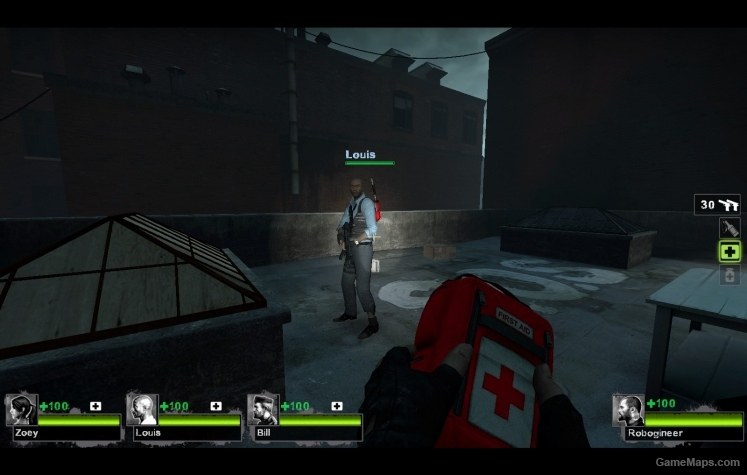

You can actually jump on them and even use them to reach places you're not supposed to reach just yet or even places that aren't supposed to ever be reached like roofs that can be used as shortcuts. Put Trip Mines onto a wall in form of a small staircase. ''C:SIERRAHalf-Lifehl.exe -dev -console'' Instead of ''C:SIERRAHalf-Lifehl.exe -console'' If you just want to do that then skip number 2 Here you can enter cheats, see what's loading, and even kick people if you are on a server.īut just for the ingame cheats you press the wave key on your keyboard usually on the left of the 1 key (~) and type in all of the codes.

The main startup screen should have an extra selection that says console. Make sure that you are only using one space. Now it should look like X:\Sierra\Half-Life\hl.exe -console. The line should look something like this: X:\Sierra\Half-Life\hl.exe. A box should open up with the properties. For example, the Zombine monsters runs at you and pulls out a grenade that's about to go off, and in the past we haven't really allowed you to interact with the NPCs with your gravity gun, so we really wanted to you to be able to pull the grenade out of his hand or shoot it out of his hand with bullets.In order to enable your console, (cheat box, basically) right click on the half life shortcut.
Half life blue shift cheat code get ammo how to#
One was to increase the interactivity in the environment, and dealing with the larger scale problems of physics stuff happening like massive objects falling on you as you go down an elevator shaft and how to keep them off the elevator.Īnd then we did something else that we've always wanted to do, which was to push physical interaction into our monsters and into our NPCs. You asked earlier about the physics gameplay, and we pushed on throughout the episode in two different ways. I think the things we're happiest about in Episode One is the extra focus gave us the ability to go beyond that, actually, and pack even more gameplay in the same amount of time so it's a very dense experience. The elevator section is a typical example of where the game forces the player into using specific tools to survive. Read on to find out why he thinks Warren Spector's expansive design philosophy is a "mistake" and why Valve is still a relatively close-knit developer after ten years in the business. Pacing, in particular, is a recurring theme among the Valve team's comments - of how to permanently keep the player interested, how to challenge them in new ways and "have something new around every corner".Īnd in this latest interview with the developer, Gabe Newell reveals how the focus is very much on trying to make sure the gamer gets to see "as much entertainment as possible" and never get the feeling that they missed out.

Despite the massive acclaim and the shower of awards thrust upon Valve in the wake of Half-Life 2's release in November 2004, the developer listened more than ever to the feedback from the community, meticulously cataloguing thousands of hours of playtesting feedback from hundreds of playtesters and setting about to continue the Half-Life 2 story episodically, but while also fixing many of the niggling issues that fans had with the game.


 0 kommentar(er)
0 kommentar(er)
